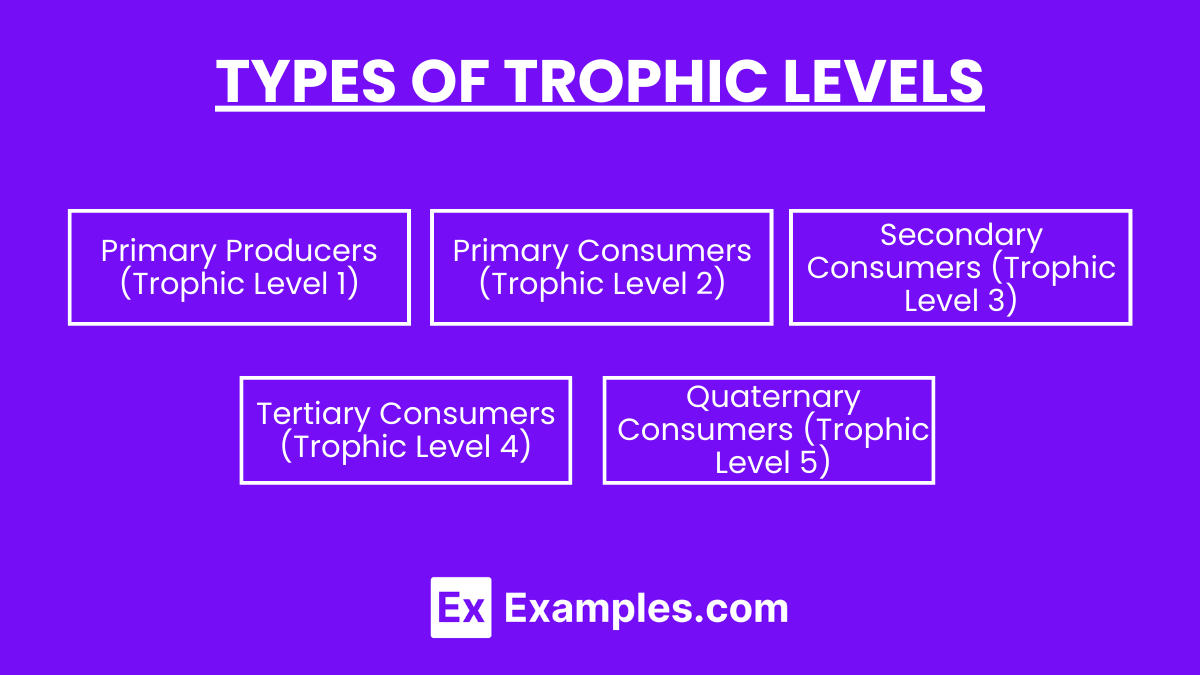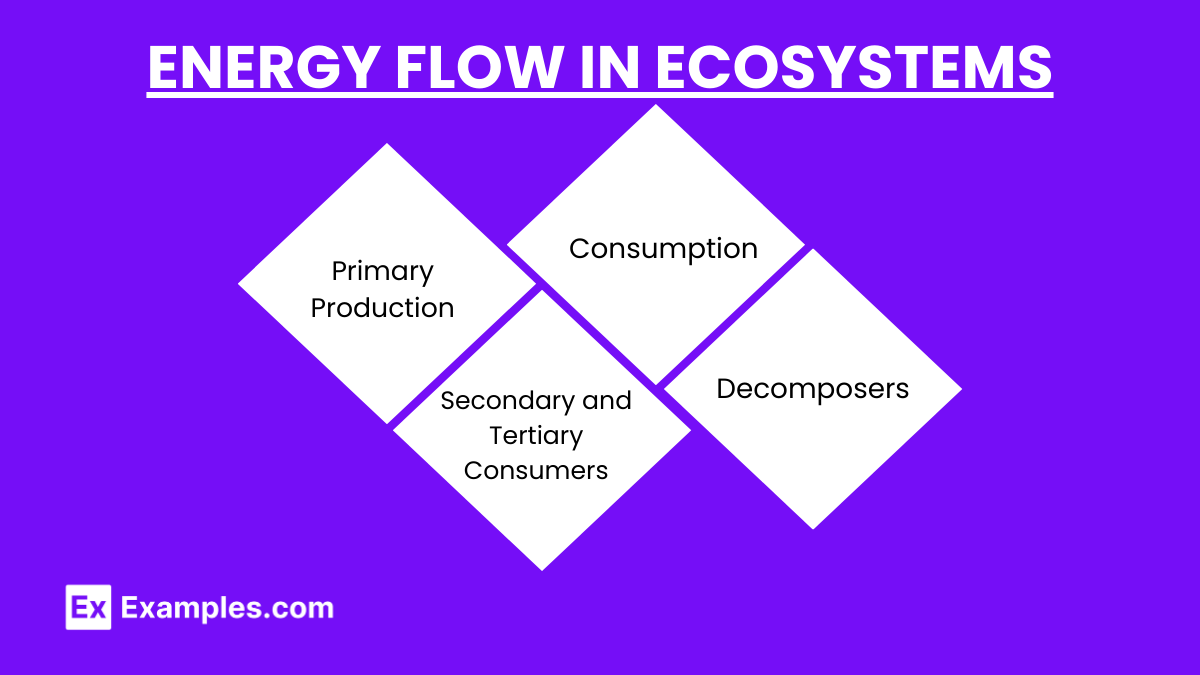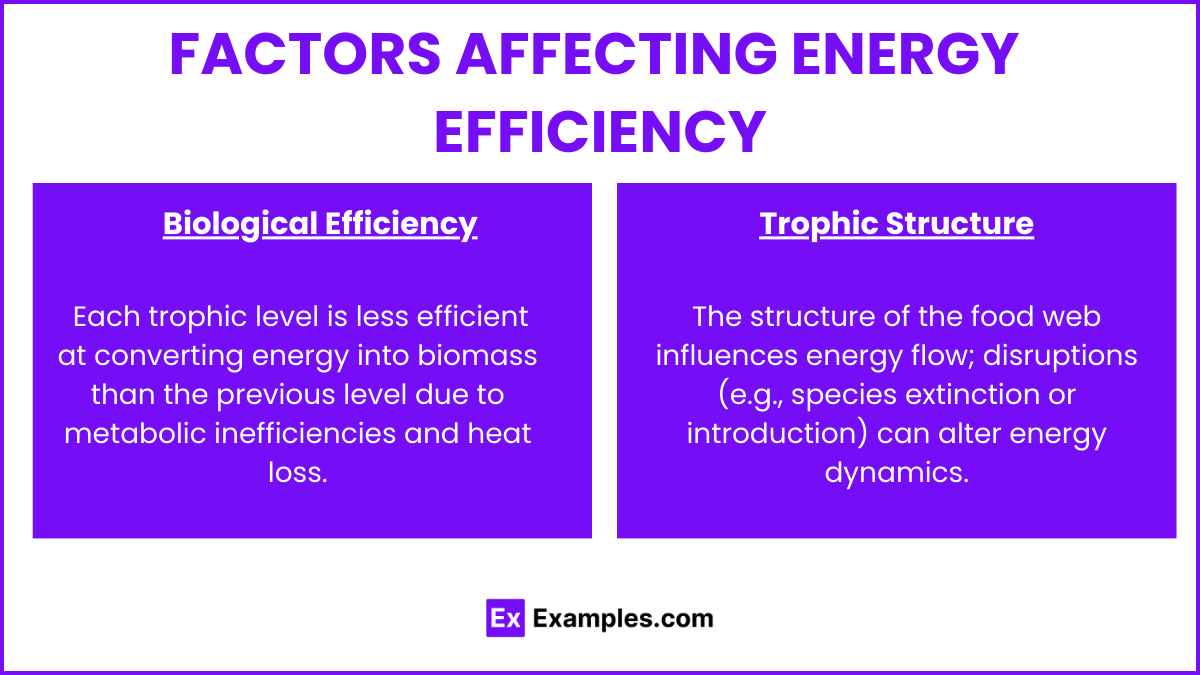Trophic levels represent the hierarchical structure of feeding relationships in an ecosystem, categorizing organisms based on their position in the food chain and energy transfer dynamics. Starting with primary producers that convert sunlight or chemicals into energy-rich compounds through photosynthesis or chemosynthesis, trophic levels progress through primary consumers (herbivores), secondary consumers (carnivores that prey on herbivores), and tertiary consumers (carnivores that prey on other carnivores). At the top are apex predators, which often have no natural predators themselves. Each trophic level typically supports a smaller biomass and energy transfer than the one below it, due to energy loss as heat at each transfer step, a concept known as the 10% rule. Understanding trophic levels is essential for comprehending ecosystem dynamics, including energy flow, population dynamics, and the impacts of human activities such as habitat destruction and overfishing on these delicate food web structures.
Learning Objectives
Learn about trophic levels in ecosystems, including the roles of primary producers, herbivores, carnivores, and apex predators in energy transfer and biomass distribution. Understand the 10% rule and its implications for energy efficiency from one trophic level to the next. Explore ecological pyramids and their representation of energy flow and biomass distribution. Examine trophic interactions such as predation, competition, and symbiosis, and their effects on ecosystem stability and resilience. Analyze human impacts on trophic structures through activities like hunting, fishing, and habitat alteration, and consider conservation strategies to mitigate these impacts and preserve biodiversity.
Definition
Trophic levels are hierarchical levels in an ecosystem, comprising organisms that share the same function in the food chain and energy flow.
Types

- Primary Producers (Trophic Level 1):
- Autotrophic organisms (plants, algae) that produce biomass through photosynthesis or chemosynthesis.
- Convert solar or chemical energy into organic compounds.
- Primary Consumers (Trophic Level 2):
- Herbivores that consume primary producers for energy.
- Examples: rabbits, deer, grasshoppers.
- Secondary Consumers (Trophic Level 3):
- Carnivores that feed on herbivores (primary consumers).
- Examples: snakes, owls, lions.
- Tertiary Consumers (Trophic Level 4):
- Carnivores that feed on other carnivores.
- Examples: hawks, eagles, killer whales.
- Quaternary Consumers (Trophic Level 5):
- Apex predators at the top of the food chain.
- Have no natural predators.
- Examples: humans, sharks (in some ecosystems).
Energy Flow in Ecosystems

- Primary Production: Energy enters ecosystems through primary production by autotrophic organisms (plants, algae, and some bacteria) via photosynthesis or chemosynthesis.
- Consumption: Herbivores (primary consumers) consume plants, transferring energy to higher trophic levels through predation.
- Secondary and Tertiary Consumers: Energy continues to flow through carnivores (secondary and tertiary consumers) as they consume herbivores and other carnivores respectively.
- Decomposers: Decomposers break down dead organic matter, releasing nutrients back into the ecosystem for primary producers.
The 10% Rule
- Only about 10% of energy is transferred from one trophic level to the next. The rest is lost as heat during metabolism and other processes.
- This rule explains why food chains rarely exceed five trophic levels and why top predators have smaller populations than primary producers.
Factors Affecting Energy Efficiency

- Biological Efficiency: Each trophic level is less efficient at converting energy into biomass than the previous level due to metabolic inefficiencies and heat loss.
- Trophic Structure: The structure of the food web influences energy flow; disruptions (e.g., species extinction or introduction) can alter energy dynamics.
Pyramid of Energy
- Represents the flow of energy through trophic levels over a specific time period.
- Each successive level contains less energy due to the 10% energy transfer efficiency, forming a pyramid shape with producers at the base and top consumers at the apex.
Human Impact on Energy Transfer
- Overexploitation: Overfishing and hunting can deplete top predators, disrupting trophic cascades and altering ecosystem dynamics.
- Habitat Destruction: Clearing land for agriculture or urban development can disrupt food webs and reduce habitat for species across multiple trophic levels.
Case Studies and Examples
- Cod Fisheries Collapse: Overfishing of cod in the North Atlantic led to a collapse of the fishery and disrupted marine ecosystems, affecting other species dependent on cod.
- Climate Change: Alterations in temperature and precipitation patterns affect primary production rates, impacting energy availability throughout ecosystems.


